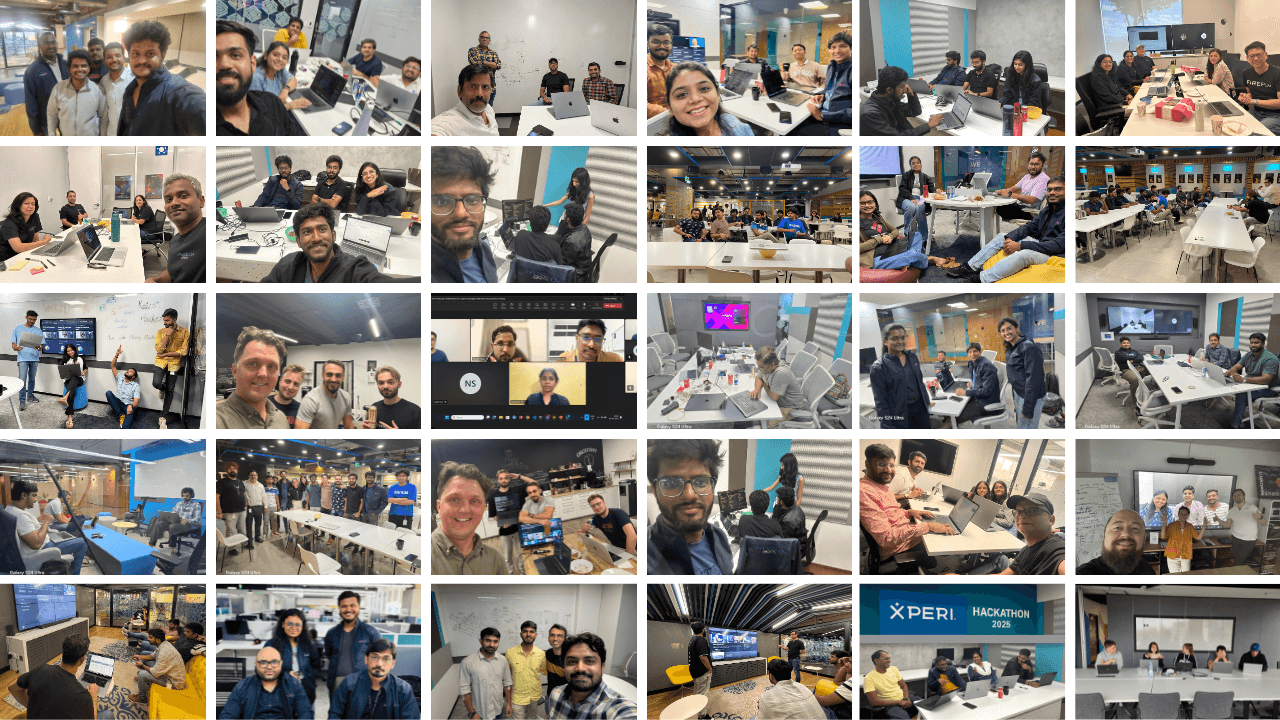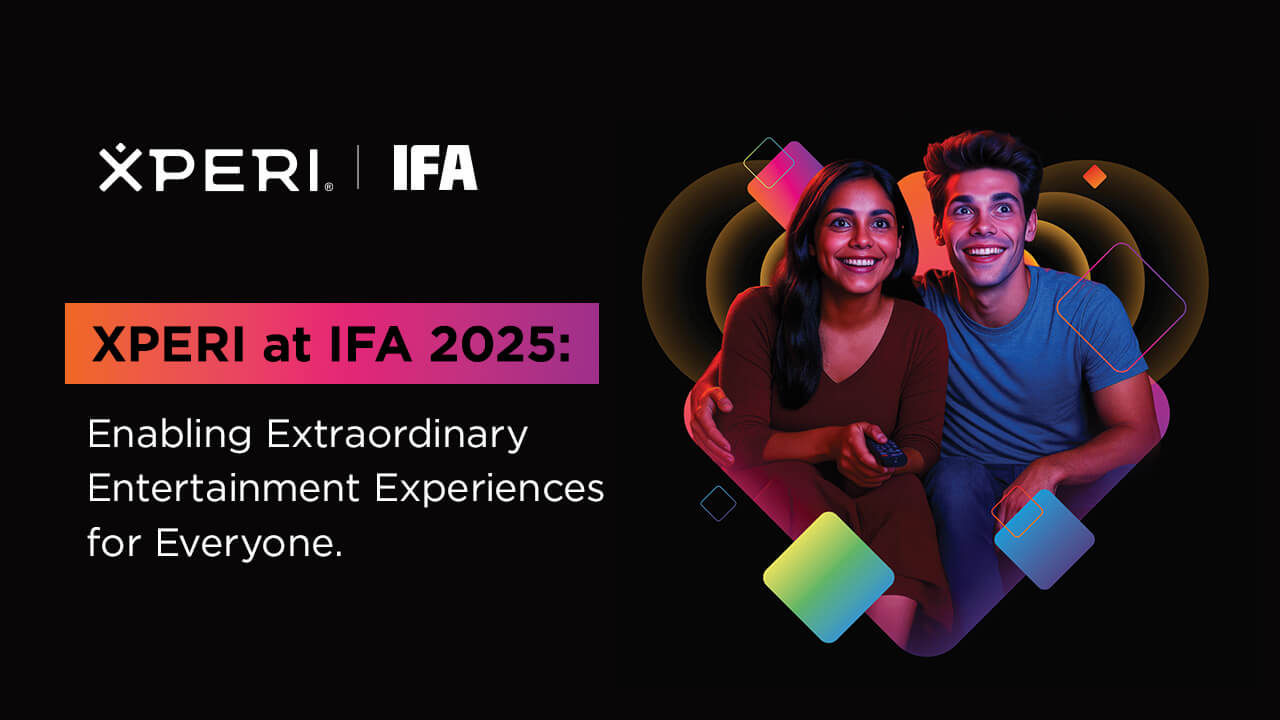Nostalgia is a powerful cultural force, and good content is good content—regardless of the era in which it was produced. The desire to update legacy content for modern audiences is strong across eras and platforms. Offering modern versions of older titles can be highly lucrative. But is there a limit to what can be modernized? Can modernized content still make money?
Simply put, yes.
Thanks to well-preserved source materials and today’s powerful, increasingly AI-driven content technologies, there’s virtually no limit to what’s possible when it comes to updating classic works. For content creators and legacy rights holders, this presents a major opportunity —especially as the appetite for new and engaging content continues to grow.
Take, for example, an undisputed cultural icon: “The Wizard of Oz.” First released in 1939 and originally designed for theatrical exhibition, the film was first broadcast on television in 1956. A bold reimagining of this classic is now set to debut at the Las Vegas Sphere in August 2025. Using AI-enhanced visuals, spatial audio, and the Sphere’s massive 16K wraparound screen, the film has been transformed into an 80-minute immersive experience. While this is an extreme example of modernizing aging intellectual property, it clearly demonstrates the possibilities.
A more mainstream example is the enhancement of the at-home viewing experience — a priority as content and consumer devices have advanced. What once looked impressive on a top-of-the-line CRT television like the Sony Trinitron feels entirely different on today’s 65-inch OLED screens.
Over the past few decades, we’ve gone from analog to digital, seen major leaps in resolution, embraced high dynamic range, and introduced immersive sound formats. Alongside that progress, viewer expectations have grown substantially.
Quality In, Quality Out
Generally, the higher the quality of the original source material, the better the results when it is modernized. A notable example is the concert film “Queen: Rock Montreal,” now available on Disney+. Capturing the band’s legendary 1981 performance, the footage was originally shot on 35mm film with theatrical exhibition in mind. Decades later, it was digitally remastered using IMAX’s proprietary technology — first for theatrical re-release, then for streaming. The result is a dramatically enhanced video and audio experience that retains the distinctive look and texture of its era while being optimized for today’s audiences.
Format Evolution Drives Monetization
While preserving digital assets presents its own set of challenges — and restoration is only as good as the tools available at the time — modernization makes content more accessible. It eliminates the need to sift through film archives or track down physical reels. Most importantly, it pays off.
Disney is one of the most prominent examples of this trend. The company has updated its library of animated features for streaming, while also acquiring beloved franchises such as Star Wars, Alien, and Indiana Jones. Offering these titles exclusively on modern platforms helps drive subscriptions and reduce churn. Disney+ quickly became one of the top streaming platforms largely due to the availability of these cherished titles.
This strategy benefits both content creators and consumers. There’s money to be made by bringing older titles in line with modern entertainment systems. These remastered titles enhance subscription offerings while keeping production costs significantly lower than creating new content.
The Human Touch
When content is modernized, the goal is not to make a 70-year-old film look like it was produced last week. The original creative intent must be respected.
To preserve that intent, creators ensure human oversight remains part of the process. Even as pictures become sharper and colors more vibrant, an old film should still reflect its original era. The equipment and conditions used to make “The Wizard of Oz” in 1939 were vastly different from what’s available today. Yet the vision, cinematography and artistic expression must be honored when viewed on modern devices.
As technology continues to evolve, the need to modernize older content will persist. Screens will change, formats will shift, and content will continue to adapt — but one thing won’t change: people will always want to be entertained. Content modernization boosts revenue for rights holders and content creators alike. In addition to producing new work, they can extend the value of existing libraries by delivering updated versions of classic titles.
While today’s focus is primarily on television and streaming, projects like the immersive reimagining of “The Wizard of Oz” point to what’s ahead. The future is bright for content from the past—and the opportunities are significant.



